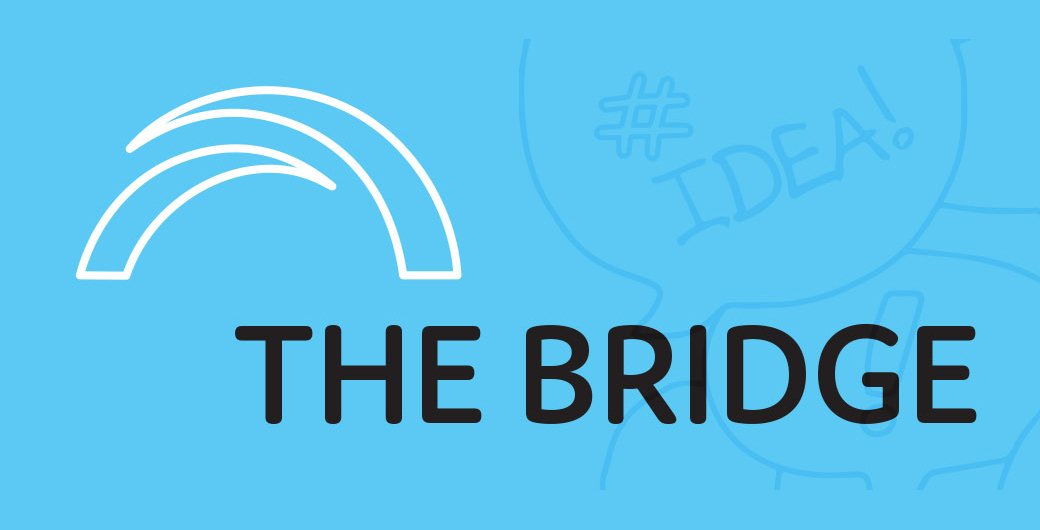
Turbulence describes a world where public managers must deal with multiple and simultaneous changes, each demanding immediate attention. An article in Public Administration reconceptualises governance in light of heightened turbulence and the relationship between order and disorder. Robust governance has emerged as a response, combining flexible adaptation with proactive innovation.
The rise of turbulence
Public governance has always been challenged by turbulence with events and demands interacting in highly variable, unexpected or unpredictable ways. Turbulence has become a chronic condition for contemporary governance due to:
- creeping crises affecting a wide range of sectors and spilling across political boundaries
- communication and information technologies which create lightning-fast information exchanges
- shifting political issues, polarised populations, rapid leadership turnover and clashing reform agendas.
Although the concept of turbulence implies the need to respond and adapt to change, it requires a certain kind of adaptation and change. When change is slow and steady, when shifts and trends can be clearly anticipated, we are not in a turbulent world. Turbulence describes a state in which change is sudden, surprising and difficult to understand.
The need to reconceptualise governance
Governance structures and processes need to be reconceptualised when complex change is the norm rather than the exception. The key to addressing this challenge is to focus more on how change enables stability and how stability enables change.
Developing governance systems that can meet the challenges of turbulence requires examining this stability–change relationship in a new light. Rather than posing them as mutually opposing conditions, robust governance envisions a new relationship – one where stability requires change and change requires stability.
What is robust governance?
The notion of robustness is used in a range of disciplines including biology, engineering, economics and sociology. It signifies an ability to carry on or hold up across a wide range of demanding conditions. It is the ability of a system to persist across a range of different circumstances and across temporal flux. This infers some basic stability in the face of change.
Robustness is different from resilience. It does not mean the ability of a system to bounce back to a stable state after a shock as is the case with resilience. Robustness is the ability to uphold basic system functions (stability) through continuous transformations (change) that are supported by institutional infrastructure (stability).
Strategies to support robust governance
The article outlines five robust governance strategies:
- Scalability: the capacity to rapidly scale resources and organisational responses to align them with problems as they emerge and transform.
- Prototyping: the ability to iteratively develop and redevelop problem solutions through experimentation and rapid feedback. This is valuable when organisations and networks must respond rapidly to changing circumstances.
- Bounded autonomy: the freedom that local actors have to adjust national strategies to the conditions on the ground.
- Bricolage: the ability to redirect and recombine existing resources and capacities designed for a particular use in response to emergent problems. Bricolage facilitates the rapid mobilisation of resources, ideas, and institutions.
- Strategic polyvalence: the flexibility to use resources, institutions, and ideas for multiple purposes or for different agendas.
Leadership of robust governance draws on three sources of legitimacy:
- Affected actors must be involved in creating adaptive and innovative solutions to secure support for their implementation.
- Formal procedures and informal norms must be respected to avoid the risk of backlash which is particularly acute when crisis management challenges citizens’ basic rights.
- The efforts to produce robust governance work in practice and deliver visible results and public value.
The bottom line
Robust governance has five implications for public managers:
- Integrate tactics and strategy
Short-term tactical responses to turbulence need to integrate with more long-term strategic agenda-setting. Turbulence is challenging because it throws both bureaucracies into a coping mode where the goal is merely to survive.
- Enable rule adaptability
Rules create organisational stability, guide constructive action, and safeguard values, but they can also create rigidity and delay when needing to rapidly adapt to turbulence.
- Support proactive innovation
Public institutions must invest in and prioritise proactive innovation. This means innovating before being forced to innovate or before the possibility of innovation is closed.
- Foster generative conditions
Generative conditions that produce robust responses straddle short- and long-term processes. Resources, skills, and knowledge that permit effective short-term response need be cultivated over long periods of time. Without attention to the stable conditions that permit change, robust governance responses are less likely.
- Balance rapid sense-making and critical reflection
Turbulent conditions require that bureaucracies and networks have the capacity to detect, register, disentangle, and make sense of disruptive problems in real time. In turn, public managers must be capable of reflection-in-action.
Want to read more?
Public administration and politics meet turbulence: The search for robust governance responses – – Christopher Ansell, Eva Sørensen and Jacob Torfing, Public Administration, July 22
Each fortnight The Bridge summarises a piece of academic research relevant to public sector managers.

Recent Research Briefs on adapting to rapid change and dealing with crises and wicked problems include:
- Published Date: 19 October 2022
